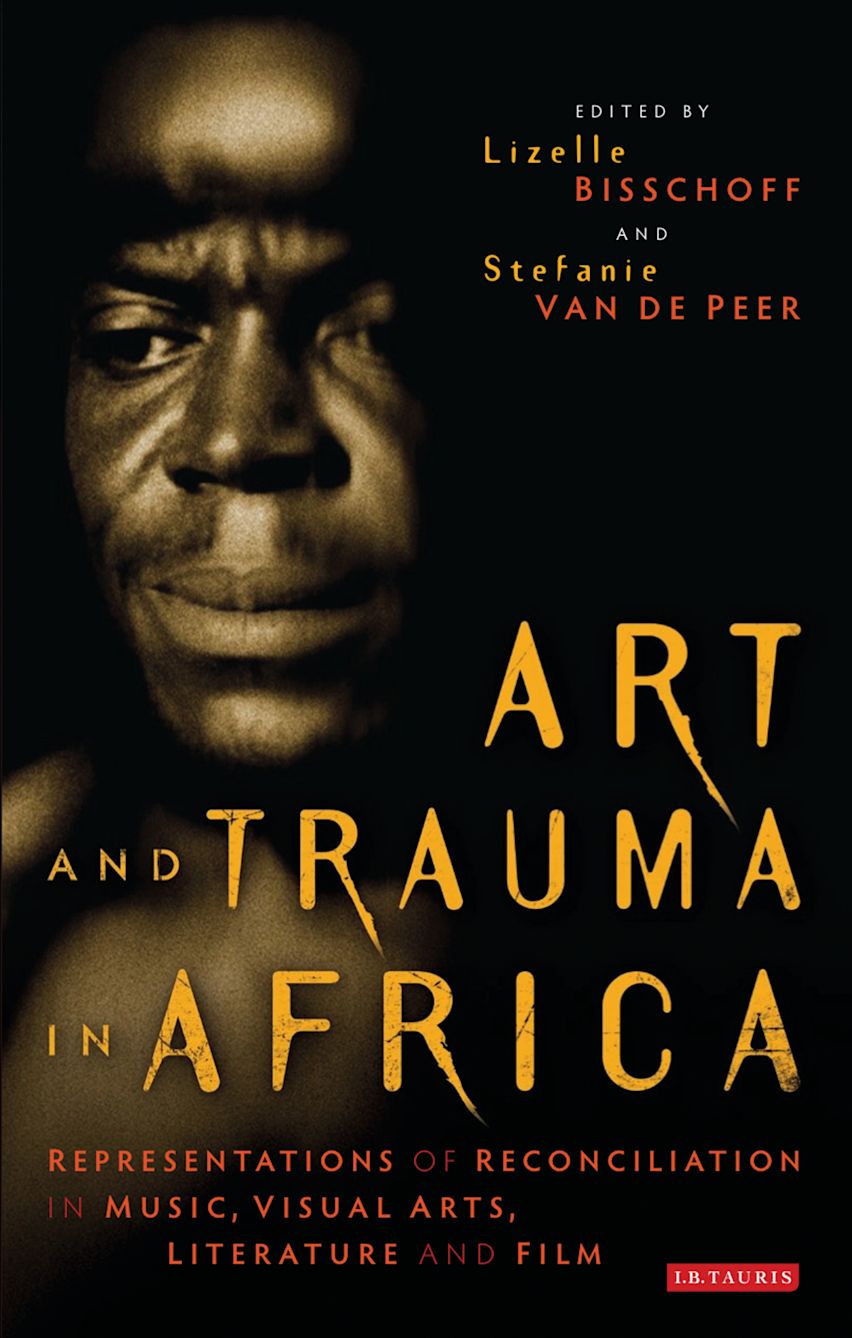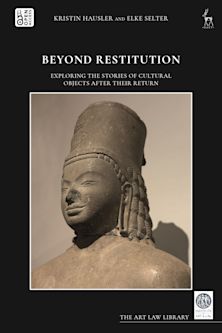Art and Trauma in Africa
Representations of Reconciliation in Music, Visual Arts, Literature and Film
Art and Trauma in Africa
Representations of Reconciliation in Music, Visual Arts, Literature and Film
This product is usually dispatched within 10-14 days
- Delivery and returns info
-
Free UK delivery on orders £30 or over
Description
The traumas of conflict and war in postcolonial Africa have been widely documented, but less well known are their artistic representations. A number of recent films, novels and other art forms have sought to engage with and overcome postcolonial atrocities and to explore the attempts of reconciliation commissions towards peace, justice and forgiveness. This creativity reflects the memories and social identities of the artists, whilst offering a mirror to African and worldwide audiences coming to terms with a collective memory that is often traumatic in itself. The seeming paradox between creative representation and the reality of horrific events such as genocide presents challenges for the relationship between ethics, poetics and politics. In Art and Trauma in Africa, Lizelle Bisschoff and Stefanie Van de Peer bring together multiple ways of analyzing the ethical responsibility at the heart of an artist's decision to tackle such controversial and painful subjects. Also, to study trauma, conflict and reconciliation through art in a pan-African context offers new perspectives on a continent that is often misrepresented by the Western media.
The inexpressible nature of atrocities that are the crux of how Africa is generally regarded from the outside is challenged with new art forms that in and of themselves question perception and interpretation. African artists are renewing the field of trauma studies through representing the unrepresentable in order to incessantly invigorate insights and theories. Art and Trauma in Africa examines a diverse range of art forms, from hip hop in Nigeria and dance in Angola to Moroccan films and South African literature, taking an original pan-African approach. It is in doing so that this groundbreaking volume will inspire those interested in African history and politics as well as those with an interest in trauma, cultural and artistic studies.
Table of Contents
Foreword
Introduction
Representing the Unrepresentable
Part One: Music
Chapter One: Hip Hop Lyrics as Tool for Conflict Resolution in the Niger Delta
Chapter Two: Grooving on Broken: Dancing War Trauma in Angolan Kuduro
Chapter Three: Local Arts versus Global Terrorism: The Manifestations of Trauma and Modes of Reconciliation in Moroccan Music Festivals
Part Two: Visual Arts
Chapter Four: Transforming Arms into Ploughshares: Weapons that Destroy and Heal in Mozambican Urban Art
Chapter Five: Unlocking the Doors of Number Four Prison: Curating the Violent Past in Contemporary South Africa
Chapter Six: Imaging Life after Death: Photography and the 1994 Genocide in Rwanda
Part Three: Literature
Chapter Seven: 'It was a terrible time to be alive': Narrative Reconciliation in Contemporary West African Fiction
Chapter Eight: Truth Will Set You Free: Implications of a Creative Narrative for the 'Official' Discourse of the South African Truth and Reconciliation Commission
Chapter Nine: Re-fathoming the Dark of Heartness: Contrapuntal Representations of the Rwandan Genocide
Part Four: Film
Chapter Ten: Reconciling the African Nation: Fanta Regina Nacro's La Nuit de la Vérité
Chapter Eleven: Closed Windows onto Morocco's Past: Leila Kilani's Our Forbidden Places
Chapter Twelve: Beyond 'Victimology': Generating Agency through Film in Eastern Democratic Republic of the Congo
Chapter Thirteen: Truth, Reconciliation and Cinema: Reflections on South Africa's Recent Past in Ubuntu's Wounds and Homecoming
Product details
| Published | 27 Feb 2013 |
|---|---|
| Format | Hardback |
| Edition | 1st |
| Extent | 360 |
| ISBN | 9781848856929 |
| Imprint | I.B. Tauris |
| Illustrations | 22 bw integrated |
| Dimensions | 216 x 138 mm |
| Publisher | Bloomsbury Publishing |

ONLINE RESOURCES
Bloomsbury Collections
This book is available on Bloomsbury Collections where your library has access.



































